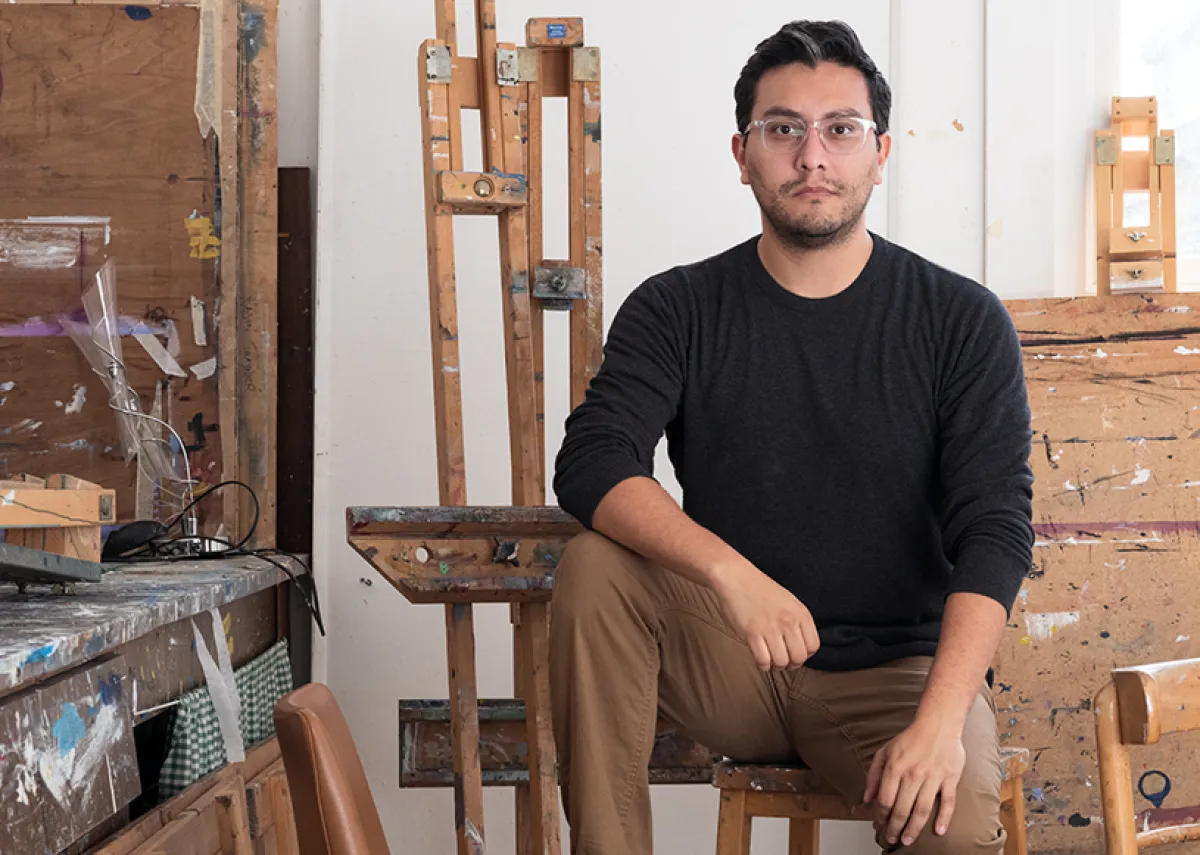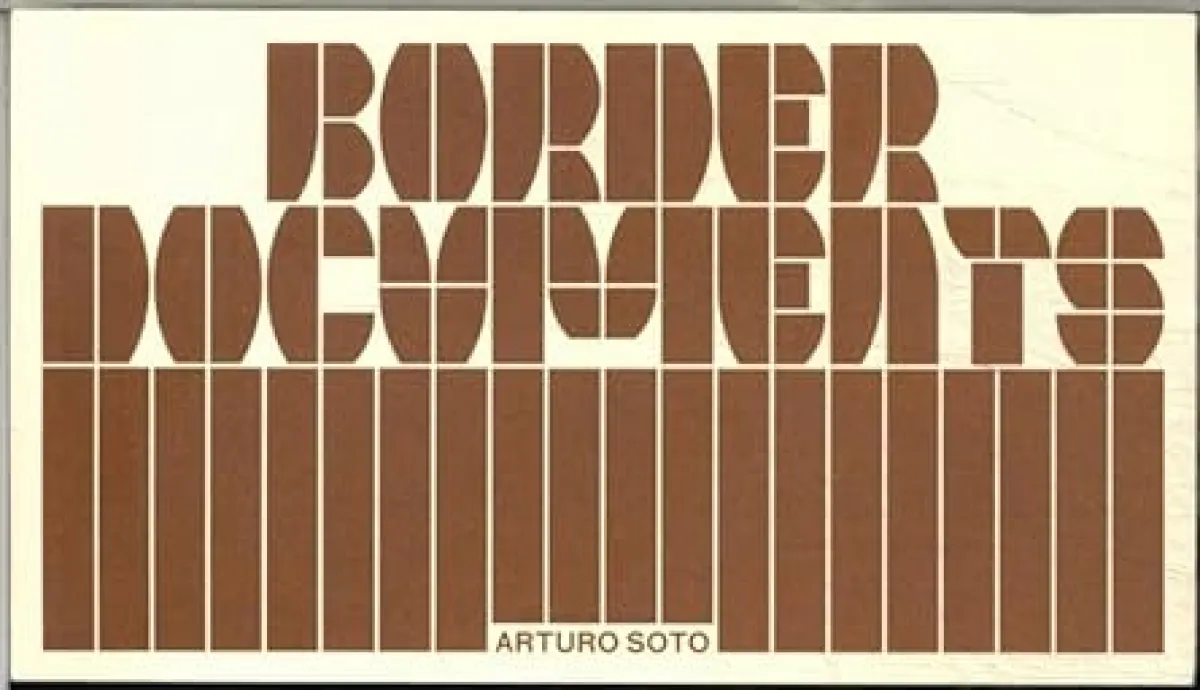Remembering borders

Arturo Soto | Border Documents | The Eriskay Connection | 152 pages | 25 EUR
Arturo Soto was born in Mexico in 1981 and now lives in Los Angeles. He grew up listening to the stories of his father, who spent his youth in the sister cities of Juárez (Mexico) and El Paso (USA). Fascinated by how much these places had changed within a single generation, Soto began collecting, organising and eventually photographically locating his father's stories. Border Documents is the result of this long process: a personal archive of ordinary events that reveals how emotions remain tied to public spaces and how memory shapes a landscape.
Soto photographs the places where his father once lived - streets, shops, train stations, rows of houses. His black and white images are deliberately unspectacular, almost matter-of-fact, but history vibrates beneath the quiet surface. The focus is not on the sensational, but on the everyday, the banal beauty of the spaces in between, that which remains. The accompanying texts - short, precise excerpts from conversations with his father - create a rhythmic interplay between word and image, memory and the present. This creates different, overlapping levels of time, revealing a territory that is simultaneously biographical, geographical and political.
This is precisely how Border Documents differs from the reductive reporting that typically reduces the border region to violence, drug trafficking or migration. Soto contradicts this reductionism by showing life beyond the headlines - the quiet tenacity of relationships, routines and longings. His work reminds us, as the geographer Edward Soja once put it, that biographies are as much geographical as they are stories. In Soto's work, the border space becomes an emotional space where personal memories and global structures flow into one another.
Right now, with US politics once again characterised by a rhetoric of demarcation, Soto's work takes on a burning relevance. Donald Trump's return to the political arena - with repeated calls for the expansion of border facilities, the deportation of hundreds of thousands of migrants and the establishment of so-called "mass deportation camps" - has once again placed the border at the centre of a polarised debate. The images that dominate political social media are of walls, uniformed people, fences and barbed wire. Soto, on the other hand, holds up a different mirror: he reminds us that the border is not just a political symbol, but a real living space, inhabited by people with their own everyday stories, hopes and memories.
In this way, Border Documents becomes a response to the simplistic language of power. It counters the logic of isolation with an ethic of vision - a visual form of empathy. Photography becomes a means of resistance against forgetting, against reducing complex realities to buzzwords such as "flight" or "security". At a time when political slogans about migration have become election campaign tools, Soto shows what the debate has virtually lost: the humanity of those who live in the shadow of this rhetoric.
The photo book is small-format and intimate - an object that is held in the hand rather than exhibited. Its form reflects Soto's approach: quiet, subtle, thoughtful. The texts and images can be read like documents, but also like traces of a family history inscribed in the larger fabric of globalisation, trade, change and belonging.
Soto's perspective remains consistently twofold: personal yet analytical. His academic training - a PhD in Fine Art from the University of Oxford, and degrees from the School of Visual Arts and University College London - is evident in the conceptual clarity of his project, which he achieves without sacrificing emotional warmth. In addition to his photographic work, Soto has curated exhibitions (including "Foreign Correspondence" at the Architectural Association in London), participated in international platforms (Forecast Platform, Haus der Kulturen der Welt) and published in such publications as "VII Insider", "C4 Journal" and "Photo-Eye". His works have been exhibited worldwide and are represented in books such as "Imaginaria" and the "Subjective Atlas of Mexico".
Border Documents brings together all these strands: research, memory, observation. It is a portrait of a region that plays a central role in global trade and yet often falls into public consciousness as a symbol of conflict. Soto opens it up again, showing its complexity, its contradictions and its intimacy.
Thus, this book becomes more than merely a collection of images - it is a silent counter-archive, a poetic attempt to rethink borders: not as dividing lines, but as areas of contact. Border Documents reminds us that every place is also an inner space - and that memory, when transformed into image, bridges the time that separates us from one another.
Did you enjoy this text? If so, please support our work by making a one-off donation via PayPal, or by taking out a monthly or annual subscription.
Want to make sure you never miss an article from Literatur.Review again? Sign up for our newsletter here.




